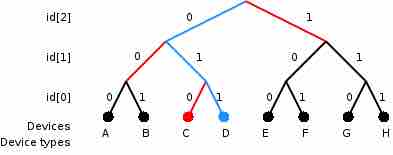An important consideration when determining how to best manage a project is inventory. Project managers (PMs) must manage all resource inputs for a given project; how they approach this can increase or reduce costs dramatically. From a project management standpoint, it is essential to track current inventory and create a process for managing inventory flow.
Why Track Inventory?
PMs are constantly using inputs to generate outputs in standard operational processes, which necessitates a number of potentially costly inventory components. For example, if a given project involves perishables (such as food), there is a definite time limit on product value–once perishables spoil, their product value is zero. Careful chronological and quantity-based inventory questions must be answered to create a process flow that ensures the value of the goods being sold. In short, there are three general reasons to manage inventory:
- Time - Time lags in the supply chain at every stage from supplier to user require PMs to maintain certain amounts of inventory to use in this lead time.
- Uncertainty - Inventories are maintained as buffers to meet uncertainties in demand, supply, and movements of goods.
- Economies of scale - The ideal condition of "one unit at a time at a place where a user needs it, when he needs it" tends to incur a lot of logistical costs that result in bulk buying, transporting, and storing the goods.
Since inventory tends to get overstocked and is typically not well-managed, there may be a multitude of supplies that no one is using. PMs can use a number of inventory management techniques to cut costs and streamline operations and ensure that optimal quantities are bought, stored and distributed.
Inventory Management Tools
Technology has dramatically changed the inventory management process. PMs can use technology to track real-time inventory statistics. A number of recent technological developments in inventory management include:
- RFID Tags - RFID (radio-frequency identification) tags are used to track the locations of various items, from components in an automobile assembly line to boxes of cereal shipped from a manufacturing plant to the grocery store. These little tags communicate vast arrays of location data to inform timing processes and ensure proper inventory levels.
- QR Codes - QR codes originated in logistics but have become popular in marketing as well. In the 1990s, QR codes were used for rapid component scanning linked to computer data systems to paint clear pictures of inventory process flows.
- Bar Codes - Like QR codes, bar codes are used to scan inventory information into a computer data system. When you purchase an item at a store, the bar code is scanned so that the manufacturer's inventory system can remove that item from their list of inventoried goods (transferring it to the income statement as revenue).
- Inventory Management Software - Each of the devices listed above requires a logistics software package capable of streamlining all of this data into a meaningful view of the supply chain. Inventory management control systems are the heart of inventory management for PMs because they provide information output to be manipulated, analyzed, and assessed to better understanding the inventory process.

RFID tree
This image illustrates the information flow of RFIDs, which is then streamlined into large data streams for PMs to track.

QR code example
Above is a description of a QR code, along with the data implications of various visual aspects of the image (which are processed and reported via software). Different components of the code reflect position, alignment, and timing.